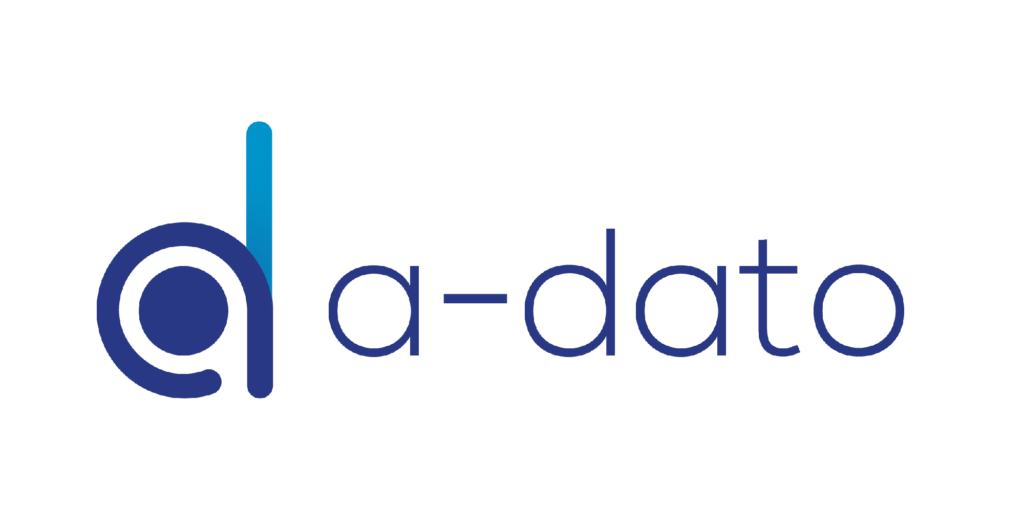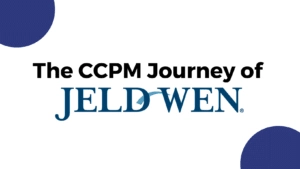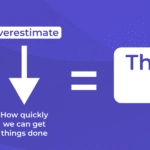“What’s the point in using software for Critical Chain Project Management?”
We’ve been asked this question a few times. Critical Chain Project Management (CCPM) is a powerful methodology to manage projects, portfolios, and resources amongst others. However, the software is not an essential part of CCPM, and therefore, this question is not an unreasonable one. To answer this question, we spoke with our in-house CCPM and TOC expert, Niels Mani who emphasizes the value of software in CCPM implementation.
By transitioning from manual processes to digital, automated, and accelerated approaches, organizations can unlock numerous benefits that enhance collaboration, efficiency, and decision-making.
Here are the key benefits of utilizing software for CCPM.
Digital Benefits
These are direct benefits you get from doing it digitally without any calculative power.
Enhanced Information Sharing: Software facilitates seamless collaboration among project teams and external contractors, enabling easy sharing of information beyond the project room. This feature promotes effective communication and ensures that each recipient receives relevant and concise data, fostering powerful interactions.
Versatile Information Display: Digital platforms allow project information to be presented in multiple formats, tailoring the display to each stakeholder’s specific needs. This capability enhances comprehension and contributes to precise and impactful communication.
Improved Security: Software-based solutions provide robust security measures, enabling organizations to safeguard sensitive information effectively. By implementing access controls, it becomes easier to restrict data visibility to authorized personnel, enhancing confidentiality and compliance with organizational and regulatory guidelines.
Ensuring Due Diligence: Software empowers organizations to adhere to guidelines and regulatory requirements by enforcing mandatory data fields and standardizing information quality. This ensures comprehensive due diligence, mitigating risks and enhancing overall project governance.
Automated Benefits:
These are the effort-saving benefits because processing can be done by computer.
Effort Reduction: Complex projects become less labor-intensive with software automation. By utilizing templates, standard processes, and automated workflows, organizations can streamline project execution, reduce effort expenditure, and prevent employee burnout.
Elimination of Repetitive Work: Software-driven automation eliminates the need for redundant tasks by automating data synchronization across systems and data sources. This minimizes the manual effort required to keep information up to date, promoting accuracy and efficiency.
Time Savings through Auto-fill: Software solutions equipped with auto-fill functionality reduce manual data entry by populating known information automatically. This feature saves time and prevents errors associated with manual input.
Accelerated Benefits:
These are the benefits that the organization gets because it can work in a way that would have been (nearly) impossible if done by hand.
Instant and Enhanced Data Analysis: Software-based CCPM enables real-time data analysis of higher quality. This empowers organizations to gain deeper insights into project performance, identify potential issues or opportunities, and take timely and informed actions, resulting in improved decision-making.
Continuous Schedule Maintenance: With software-driven CCPM, project schedules are continuously updated, ensuring accurate prioritization. This leads to higher organizational performance by enabling better decision-making and resource allocation.
Enforcing Guideline Compliance: Software-based CCPM facilitates the enforcement of organizational guidelines, supporting initiatives such as Work-in-Progress (WIP) reduction. By integrating guidelines into the software workflow, organizations can foster adherence to best practices, leading to improved operational efficiency.
Enhanced Data Quality: Through predictive algorithms, the software can enhance data quality, further accelerating the benefits mentioned above. Reliable and accurate data strengthen decision-making, improve resource utilization, and maximizes project outcomes.
Conclusion:
By using software for CCPM, organizations can unlock numerous benefits that enhance collaboration, efficiency, and decision-making. From seamless information sharing and improved security to effort reduction and accelerated data analysis, the software empowers organizations to optimize their project management practices and achieve higher levels of performance in today’s competitive landscape. Therefore, embracing software in CCPM is a crucial step toward success in project execution and resource optimization.
If you would like to know more about how our software, LYNX, could benefit your organization, get in touch!















